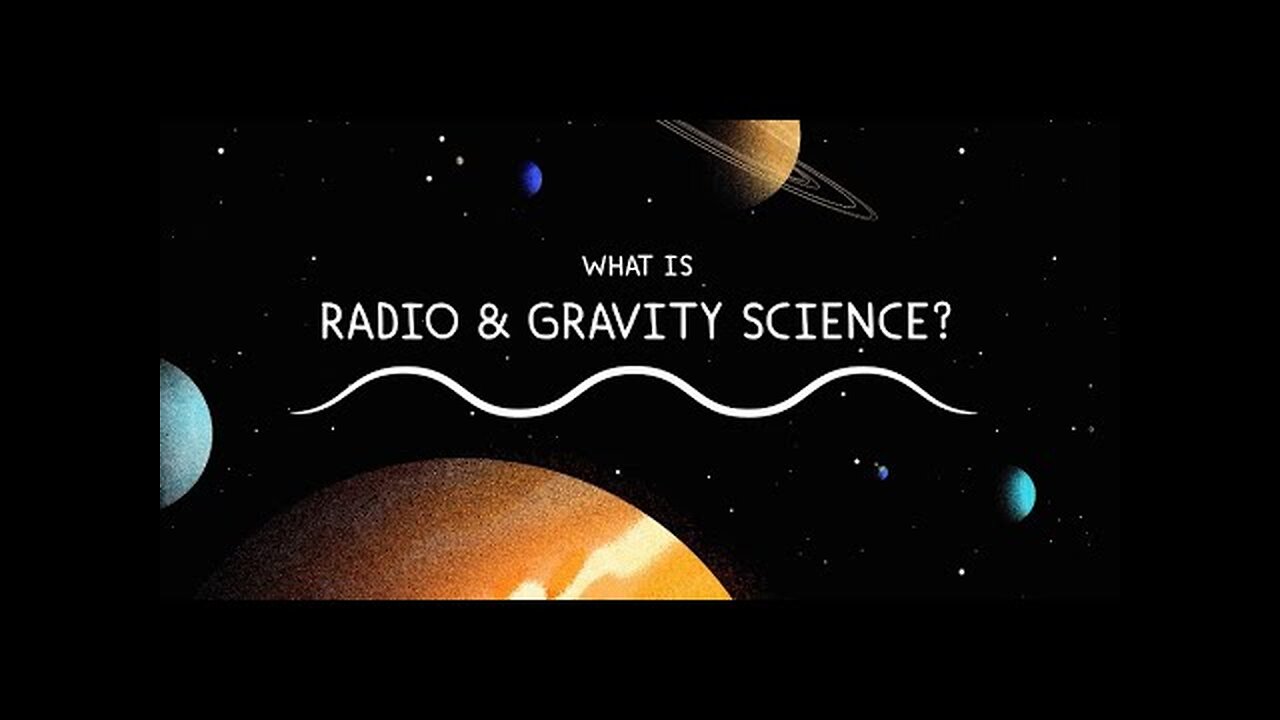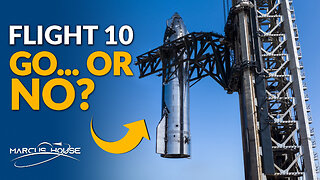Premium Only Content

NASA's Gravity and Radio Wave Exploration
NASA's Deep Space Network, an international array of colossal radio antennas, serves as a vital conduit for communicating with spacecraft exploring the Moon and the far reaches of our celestial neighborhood. Once a spacecraft reaches its destination, it relies on these radio antennas to establish contact with the Deep Space Network, which reciprocates by transmitting radio signals back to the spacecraft.
As spacecraft meticulously traverse their designated paths around their target, they emit radio signals. Scientists and engineers utilize the Doppler effect, the same principle that alters the sound of a siren approaching or receding, to gauge the spacecraft's position and velocity. The Doppler effect manifests as the spacecraft and Deep Space Network antenna move relative to each other. Discrepancies in the radio signal frequency between what's transmitted by the spacecraft and received on Earth yield valuable insights into the gravitational field of a planetary body.
By constructing a model of a planetary body's gravitational field, akin to mapping its gravitational shape, scientists and researchers glean invaluable data about its internal composition. Developed and overseen by NASA's Jet Propulsion Laboratory (JPL) in Southern California, the Deep Space Network's antennas stand as an irreplaceable bridge to robotic explorers venturing beyond Earth. They serve as the linchpin for spacecraft command and data reception, supplying unprecedented images and scientific knowledge, propelling our comprehension of the cosmos, our solar system, and ultimately, our position in the universe
-
 8:31
8:31
MattMorseTV
1 day ago $1.48 earnedTexas just did the IMPOSSIBLE.
64.1K83 -
 LIVE
LIVE
Rotella Games
18 hours agoGreen Hell Day 6 | We Have a LONG Way to Go
180 watching -
 LIVE
LIVE
Lofi Girl
2 years agoSynthwave Radio 🌌 - beats to chill/game to
226 watching -
 41:26
41:26
The Mel K Show
5 hours agoMel K & Clay Clark | Financial Success Hides Behind Self Discipline: Five Pillars | 8-24-25
31.9K3 -
 LIVE
LIVE
The Rabble Wrangler
13 hours agoThe Best in the West Plays Battlefield 2042 | Road to BF6 Grind
41 watching -
 2:29:17
2:29:17
JTtheSG
2 hours agoLIVE Replay - Back To The Deadzone!!!
13.8K -
 LIVE
LIVE
The Official Steve Harvey
13 days ago $5.14 earned24 HOURS OF MOTIVATION w/ STEVE HARVEY
251 watching -
 25:56
25:56
DeVory Darkins
23 hours ago $0.86 earnedTrump drops ULTIMATE BOMB on Democrat Mayors as ICE makes SHOCKING Announcement
52K184 -
 3:36:30
3:36:30
TonYGaMinG
8 hours ago🟢 ABI WITH FRIENDS | 🍩JOE DONUTS | 😶 🌫 VLADSGAMINGCARTEL |
28.1K4 -
 21:24
21:24
marcushouse
14 hours ago $0.12 earnedStarship Flight 10: Go or No? 🚀
36.7K13